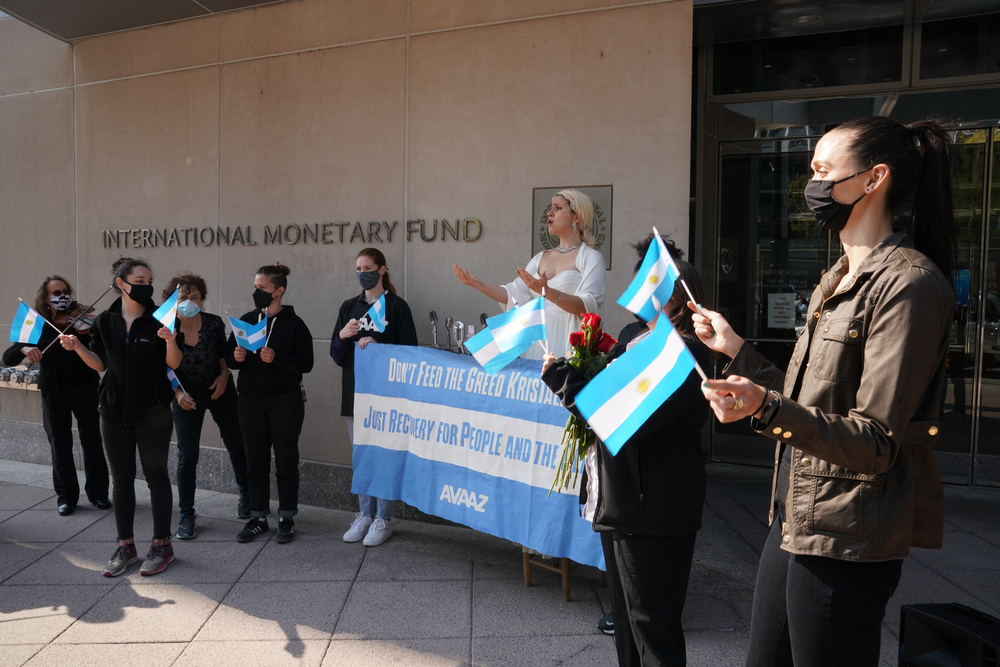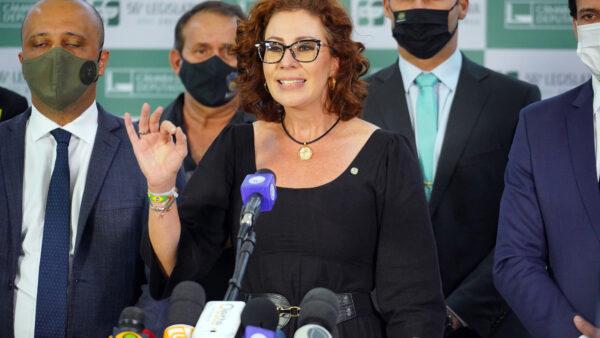Argentina was the name on everyone’s lips in financial markets between 2015 and 2017. The country was issuing debt locally and internationally, denominating it in multiple currencies and even launching a century-long bond that is seen today as the symbol of how irrationally optimistic investors had become. When it all came crumbling down in 2018, then-President Mauricio Macri only had one creditor willing to answer his calls: the International Monetary Fund (IMF).
But Argentina now has to repay its record-high USD 44 billion IMF loan, with roughly USD 20 billion in maturities in 2022 and a similar sum in 2023 — and it simply does not have the funds. Economy Minister Martín Guzmán has been negotiating a deal to postpone payments, but after deferring multiple deadlines for reaching an agreement, it’s unclear whether the sides will see eye to eye.
Among the deciding factors will be the actions of Vice President Cristina Kirchner, who has shown a tougher stance towards the IMF than President Alberto Fernández, asking for the debt to be cut and alleging that the Fund’s deal with Mr. Macri violated the IMF’s own rules.
Tensions between the president and the VP have been high, with Ms. Kirchner forcing broad cabinet changes after the government’s defeat in the September midterm primaries. The one presidential ally that survived the purge was Mr. Guzmán, meaning that there’s still room for the Economy Minister to use his good working relationship with the IMF to sign an agreement — though...


 Search
Search






































